The Independent's journalism is supported by our readers. When you purchase through links on our site, we may earn commission. Why trust us?
11 best fitness trackers of 2026, tested by an expert
Whether you use them to track your sleep, runs or cycle rides, these are the workout watches worth buying
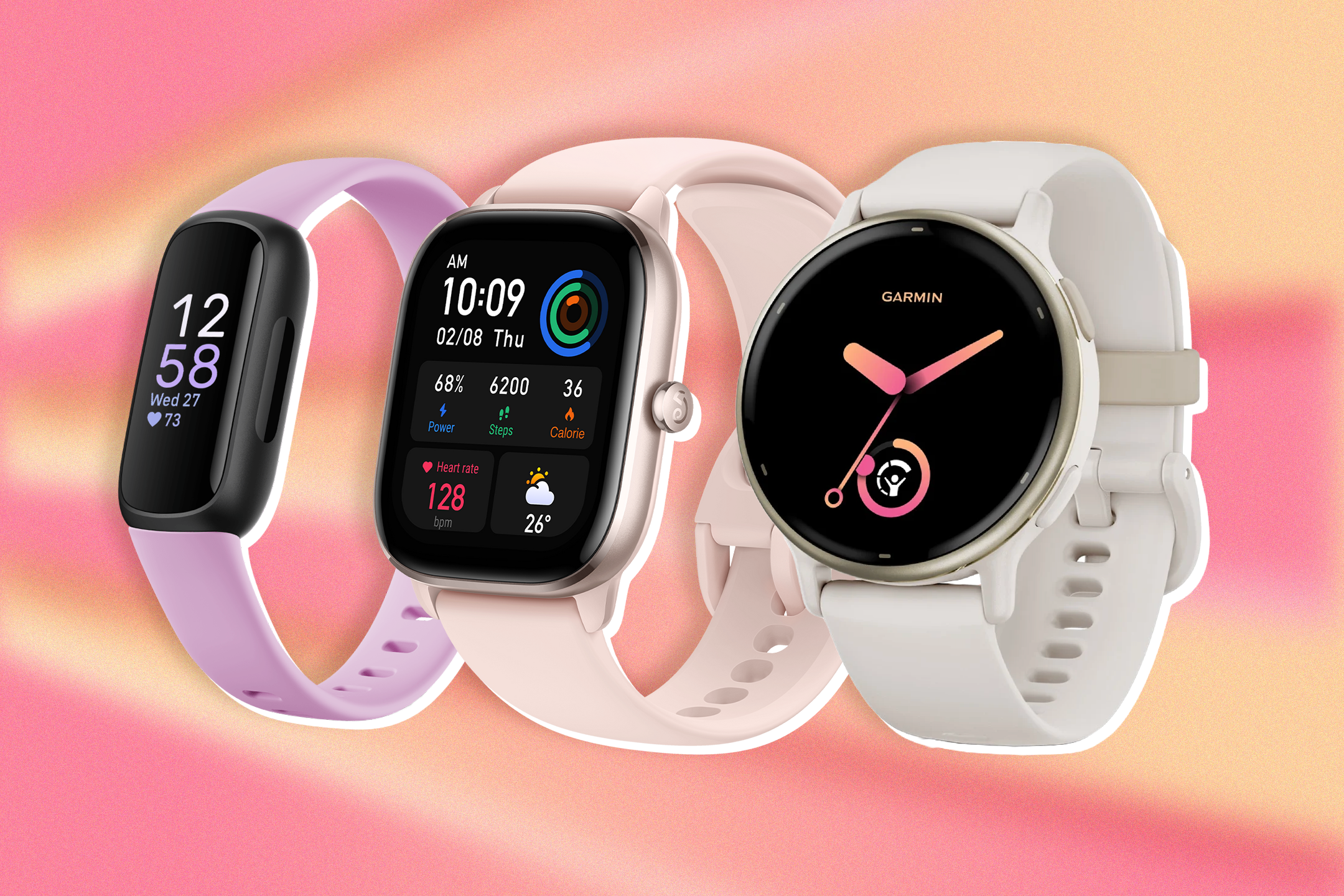
Whether you're a seasoned athlete aiming for a personal best or just trying to get a little more active in your daily routine, the best fitness trackers can provide valuable insights into your health. On top of tracking your daily steps, they can monitor your heart rate, sleep quality, blood oxygen and stress levels, helping you understand your body and reach your health and exercise goals more easily. From budget-friendly options to advanced smartwatches, I've rounded up and reviewed the best fitness trackers to suit every need.
So which fitness trackers are worth your money? Gone are the days when you simply had to pick between Fitbit and Garmin, with rival brands releasing strong alternatives in recent years. So I decided to try a pick of the bunch and list the best smartwatches, in a bid to help you make up your mind.
Prices range from around £20 to well over £200, so there’s something here to suit most budgets. You can also upgrade to one of the best smartwatches, which are a lot more advanced but will always include fitness tracking features.
Budget options are great for anyone just looking to hit an activity goal like walking 10,000 steps a day, while premium alternatives offer extra perks, from waterproof watches to those with data on blood oxygen levels and access to apps offering bespoke exercise programmes. If you’re an avid exerciser looking to improve your performance, the extra investment could be worthwhile.
You’ll also want to consider style points. If you’re going to be wearing it all day, you need to make sure your fitness tracker is the right size for your wrist and in a colour that goes with the majority of your outfits.
How I tested the best fitness trackers
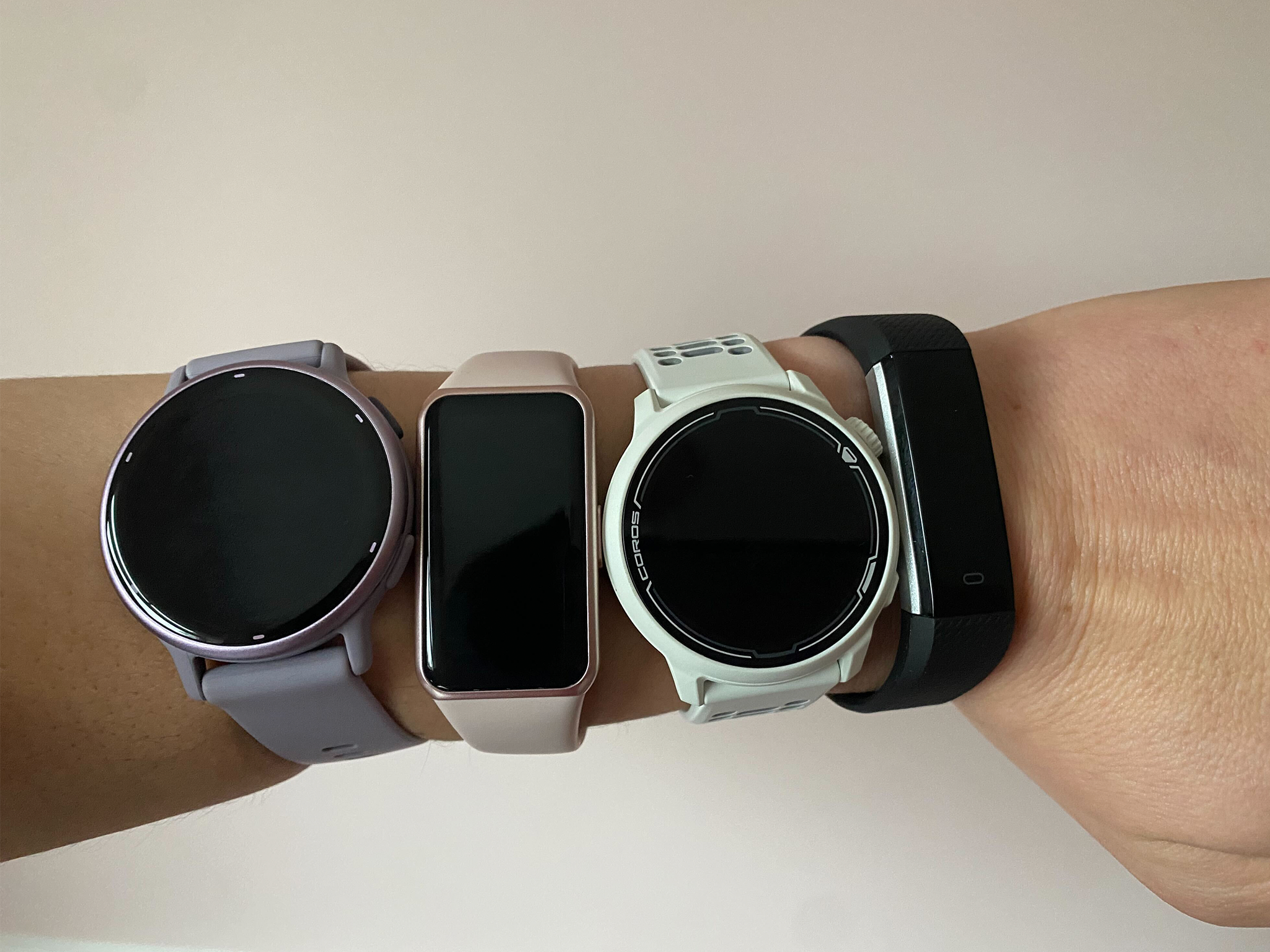
I put each fitness tracker through its paces by using it while swimming, running between 20km and 30km and strength training. To assess how well each one performed, I compared the different metrics each device tracked, how my fitness data was presented and analysed over time, ease of use and the design of each watch.
Why you can trust us
Zoe Griffin has years of experience testing and reporting on the latest fitness tech and sports gear, including everything from swimming googles and waterproof running jackets. Her reviews are based on hours of real-world testing with each product, so you can be sure her verdict is honest, unbiased and authentic.
The best fitness trackers in the UK for 2026 are:
- Best overall – Amazfit GTS mini 4: £99, Amazfit.com
- Best budget buy – Runlio fitness tracker: £21.99, Amazon.co.uk
- Best for runners – Garmin vivoactive 5: £213.69, Amazon.co.uk
- Best Fitbit – Fitbit inspire 3 fitness tracker: £70, Amazon.co.uk
- Best for kids – Garmin vivofit junior activity tracker for kids: £36.99, Amazon.co.uk
1Amazfit GTS mini 4

- Best Overall
- Weight 31g
- Battery life 15 days
- Colourways Black, blue, pink
- Display 1.65in
- GPS Yes
- Metrics Heart rate, blood-oxygen saturation, stress, more than 120 sports modes
- Why we love it
- Clear screen
- Alexa voice controls
For less than £100, the Amazfit offers a multitude of useful features to help both beginners and sporty types take control of their fitness. I tested it when walking, running, swimming and playing netball, but that only showed a fraction of its abilities – this lightweight device can track up to 120 sports.
In real-time, it showed my blood oxygen levels, heart rate, step count and a GPS map of the route when I exercised outside. To ensure GPS accuracy, it draws on five different satellite positioning systems, using patented circularly polarized antenna technology, so it’s pretty impossible to get lost wearing this – even if you head down an unfamiliar route. The screen is clear and bright, so everything is easy to read, both in daylight and after dark.
I loved its Alexa voice functionality for making a shopping list while getting my steps in, as well as setting alarms and checking the weather to see if I needed a coat before leaving the house.
2Runlio fitness tracker
- Best Budget buy
- Weight 59g
- Battery life 7 days
- Colourways Black, blue, green, pink, purple
- Display size 1.05in
- GPS No
- Metrics Daily steps, calories burned, distance taken, active minutes, sleep quality
- Why we love it
- Great app
- Offers call and message notifications
- Very affordable
I was sceptical of what a tracker costing less than £20 could offer, but was blown away by the unbelievable amount of data this wallet-friendly option provides. It automatically tracks distance, calories and active data, so you don’t need to remember to press any buttons to record your workout – it’s all done for you.
For extra motivation, it’s super easy to sync the watch to the brand’s app, which is available for both Android and Apple users. The app provided a snapshot of my activity levels, making me feel proud of what I’d accomplished and spurring me on to do more.
As I had the tracker on for 24 hours a day, I was also able to see sleep data in the app, learning about my sleep time, deep sleep, light sleep and overall sleep quality. But what really surprised me was that the band offers call and message notifications – including WhatsApp and Instagram – while I was on the move. This can be disabled if you prefer a bit of peace, but it’s good to have the option to stay connected if you’re sneaking a walk into the middle of a work day.
3Garmin vivoactive 5

- Best For runners
- Weight 36g
- Battery life 11 days
- Colourways Orchid, ivory, metallic blue, black
- Display size 1.2in
- GPS Yes
- Metrics Sleep, heart rate, respiration rate, blood oxygen saturation, fitness age, energy monitor, stress, hydration, women’s health, health snapshot, accelerometer, step and wheelchair push tracker, calories burned, distance travelled, rep counting, recovery time, running, swimming, golf, cycling, outdoor activity, training analysis
- Why we love it
- Excellent for sleep
- Detailed running metrics
- Take note
- Only 30 preloaded workout
Lightweight and ultra-comfortable to wear, I barely noticed the vivoactive when it was on my wrist. If it wasn’t for the purple providing a flash of colour from under my sleeve, I would have thought my wrist was bare – the silicone strap is that soft and unobtrusive.
It offers a morning report showing an overview of how I slept, my recovery status, a snapshot of my heart rate and what appointments I had on that day.
For sports tracking, the focus is on quality rather than quantity. It’s preloaded with 30 different workouts, which is noticeably less than others that offer almost 100. But when running, you not only get the usual step count, calorie burn and heart rate data but also training plans and insights through the Garmin Connect app.
I set a faster 10km time as a goal in the app and got daily sessions sent to the watch so I knew what I had to work on each time I went for a run. It was also cool to see VO2 max levels improve as I did these sessions, motivating me to keep going and boost these numbers even more.
4Fitbit inspire 3 fitness tracker
- Best Fitbit
- Weight 20g
- Battery life 10 days
- Colourways Lilac, orange, black
- Display size 0.7in
- GPS Yes, if synced to a phone
- Metrics Heart rate, activity tracking, stress, blood oxygen saturation, menstrual health, sleep monitoring
- Why we love it
- Smart wake technology
- Take note
- Font can be difficult to read
- Small screen
The inspire 3 is Fitbit’s most basic, uncomplicated fitness tracker, and it’s a delight to use if you’re just getting started on your fitness journey. Many beginners make the mistake of thinking that fitness is all about workouts, but by tracking stress levels and sleep, this tracker reminded me that it’s a holistic concept, too.
If you purchase the tracker from Amazon, it comes with six months of premium membership to the Fitbit app – something I used to take my stress levels down a notch with a series of 15-minute mindfulness sessions. However, I preferred the bitesize two-minute guided breathing exercises to get me in the zone before meetings and important phone calls.
It can track 20 different sports, as well as step count, heart rate and calories from the wrist. The colour OLED display is easy to read even in direct sunlight or underwater, and as it has a waterproof screen, I enjoyed taking it swimming.
My favourite feature is the smart wake technology, which is unique to this fitness tracker. It means the tracker vibrated to wake me up during a light-sleep stage rather than a deep one, up to 30 minutes before my actual alarm was set. Occasionally it didn’t vibrate, but when it did, I woke up feeling super refreshed and alert.
For more recommendations, read our review of the best Fitbits
5Sekonda motion smart watch

- Best For easy-to-read display
- Weight 34g
- Battery life 10 days
- Colourways Black, white, navy, burgundy, grey, rose gold, lilac, mustard
- Display size 1.4in
- GPS No
- Metrics Steps, distance walked, active calories burned, activity tracker, heart rate and body temperature tracking
- Why we love it
- Huge font
- Shows call notifications
- Great range of colours
If you struggle with your eyesight, this display provides the largest font size out of all the trackers I tested. Whether I was looking at the time or how many steps I’d done, the numbers were so large I felt they were virtually yelling the data at me. Think of it as a personal trainer on the wrist, screaming that you’ve done 6,000 steps so you only have a few more to hit your daily 10,000 target.
It tracks steps plus five different sports, and can show heart rate and body temperature. When synced to a phone, it can also display incoming calls and messages, as well as control your music playlist.
There are eight different colour options, and I liked how its sleek and streamlined square display looked on my wrist. I even got a few compliments while testing this tracker, with people asking for more information about it. Everyone was pleasantly surprised by the £55 price tag, as the design is on par with the Apple Watch, which costs five times as much.
6Garmin vivofit junior activity tracker for kids
- Best For kids
- Weight 25g
- Battery life 1 year
- Colourways Pink
- Display size 0.43in
- GPS No
- Metrics Steps, sleep, accelerometer
- Why we love it
- Cute design
- Makes walking fun for kids
It’s important to get kids into healthy habits from a young age, but computer games and tablets often get in the way of them going outside to run, walk or play. This cute watch turns moving more into a game, so they can earn rewards if they hit their daily step target.
My six-year-old enjoyed wearing the watch as she’s a big fan of Disney princesses. After I synced it to an app on my phone and she played some games, she was desperate to get outside and move, as some features of the app are only unlocked if the wearer is active enough.
Meeting their daily activity goals also rewards kids with colourful gems – all they have to do is tap on the map on the app to scoop them up and collect as many as they can. It’s swim-friendly and you don’t have to take it off to charge it up because the battery lasts for a whole year.
7Honor band 7 fitness tracker
- Best For counting steps
- Weight 30g
- Battery life 10 days
- Colourways Coral pink, green, black
- Display size 1.47in
- GPS No
- Metrics Heart rate, blood oxygen, sleep, menstrual cycle management, tracking across 96 sports modes, steps, calories burned, stress
- Why we love it
- Find My Phone feature
- Affordable price
- Great app
- Take note
- No GPS
This slim, elegant fitness tracker has just as much substance as it does style. It can track sleep, your menstrual cycle, stress and mindfulness, as well as 96 different kinds of workouts. I mainly used it when running and swimming, and found the display easy to read while racking up the miles. The Huawei app is on par with those offered by fitness trackers costing around £100 and provides bar graphs and pie charts, which can be easier to understand than a list of numbers.
The wearable is always tracking steps as well as heart rate – the latter means that it alerted me when my resting heart rate was either too low or too high.
“Find My Phone” is another useful feature. If, like me, you misplace your phone on an almost daily basis, you can ring it from the watch. This saved me a lot of time in the mornings when getting my phone, keys and wallet together to leave the house.
8Coros pace 2

- Best For tracking sleep
- Weight 35g
- Battery life 20 days
- Colourways White, black
- Display size 1.2in
- GPS Yes
- Metrics Heart rate/underwater heart rate, barometric altimeter, thermometer, gyroscope (for training intensity), modes for running, cycling, swimming, cardio, strength and in water
- Why we love it
- Aids recover and sleep
- Helps avoid injury
- Amazing battery life
- Take note
- Large on the wrist
While most fitness trackers have sleep monitoring capability, they often rely on you having to press a button to activate sleep mode. Not so with the Coros pace 2, which could automatically detect when I went to sleep. Then, when I synced it to my phone, I had a great graph of how much light, deep and REM sleep I got. This helped me plan my workout for the day, and I ended up shelving a workout when the app showed me that I hadn’t achieved much rest the day before. Injuries often occur when the body is tired, so it’s very valuable to know when you’re not likely to perform at your best.
I tried the tracker with a Coros POD sensor, which clipped onto my shoelaces and provided me with even more information to help avoid injury when running or walking. It provides insights into ground contact time, left-to-right balance and stride height. Left-to-right balance data will tell you if you land heavier on a specific side so you can adjust your technique before injuries occur or work your way back from an injury sensibly.
The Coros app works well on both Android and iPhone, and connects to Strava and Training Peaks, so you can compete with, or get encouragement from, other runners and connect with coaches. They can see your sleep data, too, so they can tell if you’re ready to work hard or not.
9Wahoo elemnt rival sports watch

- Best For triathletes
- Weight 53g
- Battery life 14 days
- Colourways White, black
- Display size 1.2in
- GPS Yes
- Metrics Heart rate, calories, tracking across running, cycling and swimming (speed, distance, workout time, swim lengths and more)
- Why we love it
- Automatic activity detection
- Easy-to-read screen
- Take note
- Heavier than other trackers
Used by Olympic medal-winning triathletes Jonny and Alistair Brownlee, and Ironman world champion Jan Frodeno, this is one of the cleverest fitness trackers I’ve ever seen – it can switch between tracking your swims, bike rides or runs without the need to press any buttons. While I tested it jogging around the suburbs, this feature would be particularly handy during my triathlon events, when I want to focus on performance rather than fiddling with buttons on a watch.
Even better is, if you have a Wahoo Elemnt cycling computer, you can transition data from the watch to the computer, allowing you to see your performance without taking your eyes off the road to look at your wrist.
The 64-bit colour display is easy to read and can be seen perfectly in low lighting, as well as daylight. I also appreciated its durability – the display is made from curved gorilla glass, which can be knocked or scraped without damage, and a ceramic bezel designed to be scratch-proof. For less than £100, it’s excellent value for money.
10Samsung Galaxy watch 5 pro

- Best For android users
- Weight 46.5g
- Battery life 50 hours
- Colourways Black, grey
- Display size 1.4in
- GPS Yes
- Metrics Sleep, blood pressure, heart rate, steps, calories
- Why we love it
- You can download apps to the watch
- Google voice assistant
- Take note
- Short battery life
- Very expensive
Solid and functional, the Samsung Galaxy Watch 5 pro has a rugged exterior with sapphire crystal glass and titanium casing built to take on adventures. That said, where this watch really shines is in its smart features. It can take calls, send and receive messages, and offer third-party apps in its app store. Google Assistant is enabled so you can say “Hey Google” to make calls, send messages, set timers, get the weather forecast, check your calendar and more. You can also download apps through the Play Store, including Strava, YouTube Music, Spotify and the meditation app Calm.
I liked being able to head straight out the door wearing this without having to wait for a GPS signal. The Samsung Galaxy Watch 5 pro can automatically detect and begin tracking walking, running, elliptical, rowing, swimming and dynamic high-movement activities. After 10 minutes of starting one of these activities, the watch will alert you that it’s tracking the workout. When you stop, the watch will automatically stop tracking, too.
11OnePlus watch 2
- Best For outdoor adventurers
- Weight 80g
- Battery life Up to 100 hours
- Colorways Blue, black and radiant steel
- Display size 1.43in
- GPS Yes
- Metrics Heart rate, blood-oxygen saturation, sleep score, stress, more than 120 sports modes
- Why we love it
- Quality leather mix strap
- Comfortable
- Useful sleep stats
- Take note
- Only syncs with Android phones
OnePlus’s limited edition Nordic blue watch 2 is a good-looking piece of kit. Straddling the line between an everyday watch smart enough for business meetings and dinner dates, and a watch that will track you cross country skiing in freezing conditions or diving to a depth of 50m, it combines style and substance. The strap is leather on top but fluroelastomer next to the skin, so it never chafed or rubbed when I wore it for intense exercise. It’s also comfortable enough to sleep in and, if you do that, you’ll be rewarded with graphs showing you exactly how much of each stage of sleep you had, including light sleep, deep sleep and REM. Once I heard it could withstand temperatures of -20C to 55C, I tested it while hiking in the snow and kept it on for a pore-opening sauna session. It never let me down, and I really enjoyed syncing it to the app to look at both my workout and sleep stats in more detail. Just one word of warning – the app is not available for iPhone users.
The verdict: Fitness trackers
With the ability to track 120 sports, the Amazfit fitness tracker has a lot to offer for £99.99. I liked that it has built-in GPS, voice controls via Alexa, and I felt it looked good on the wrist too, for work as well as sport.
Looking for Fitbit recommendations? Read our review of the best models for tracking health and fitness






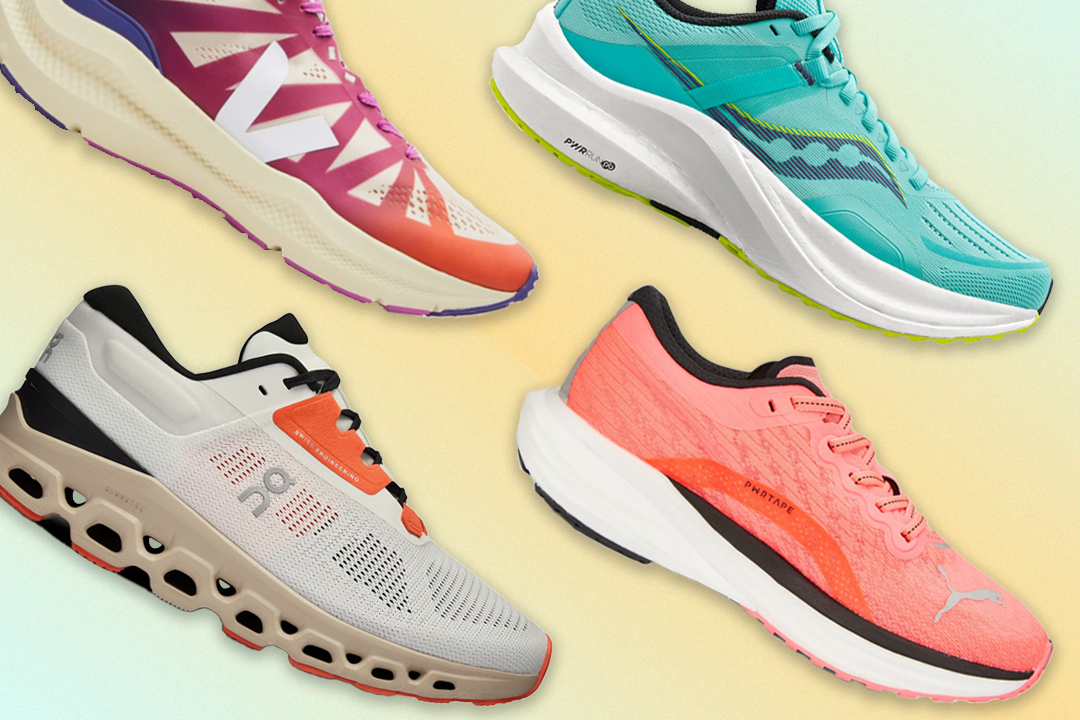
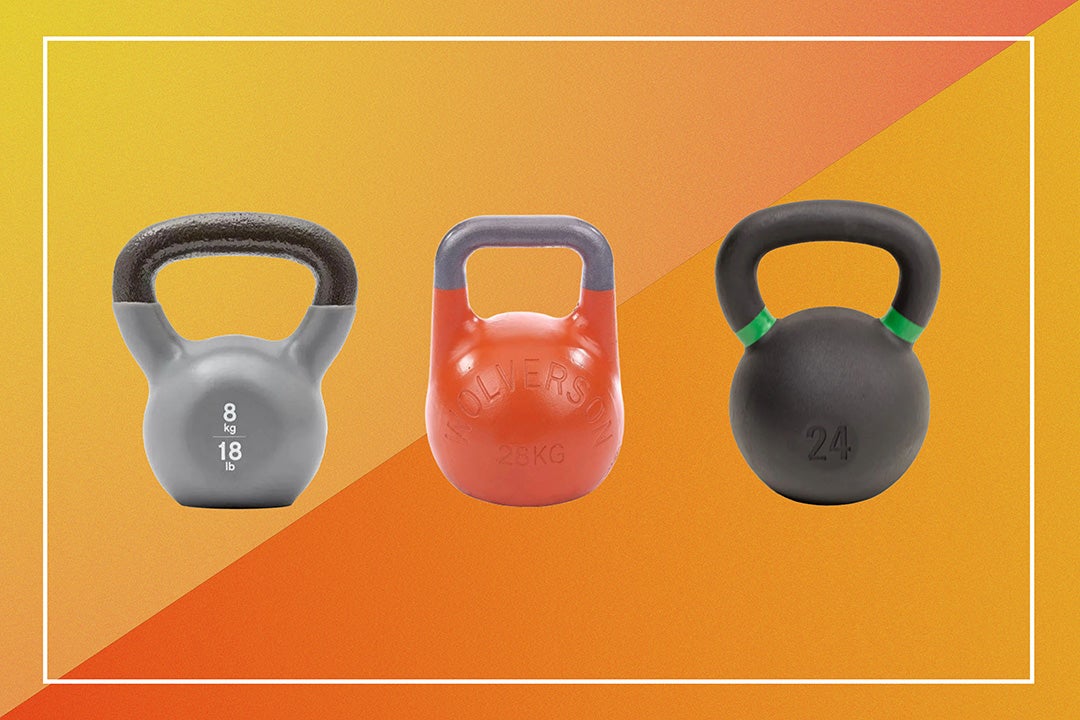
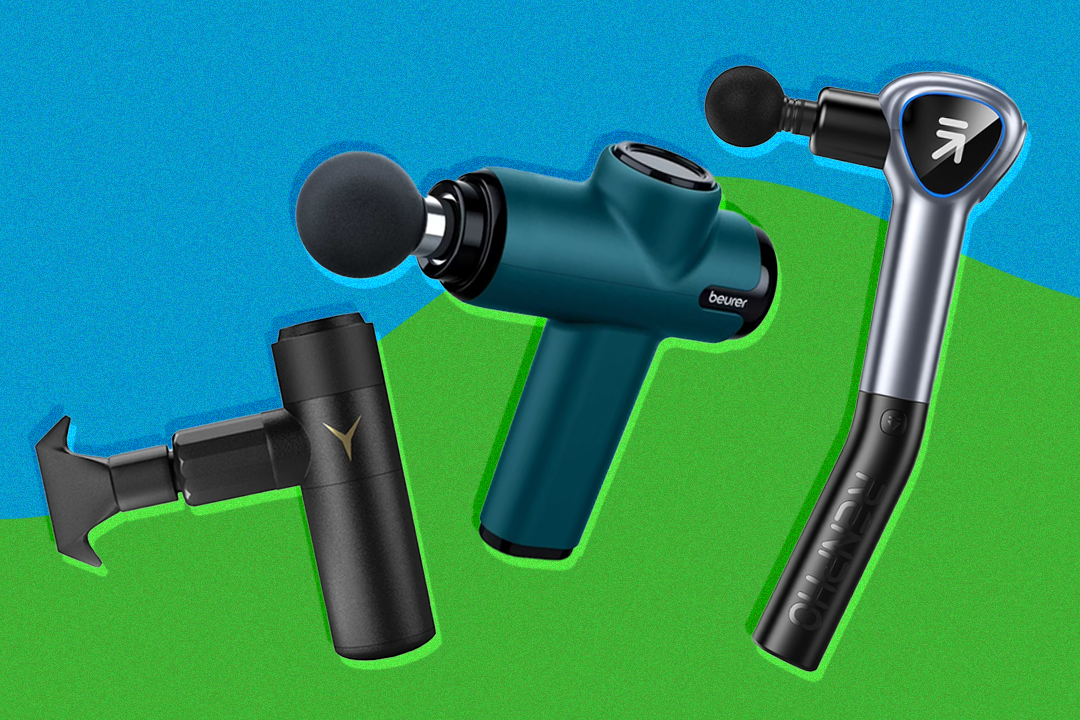


Bookmark popover
Removed from bookmarks